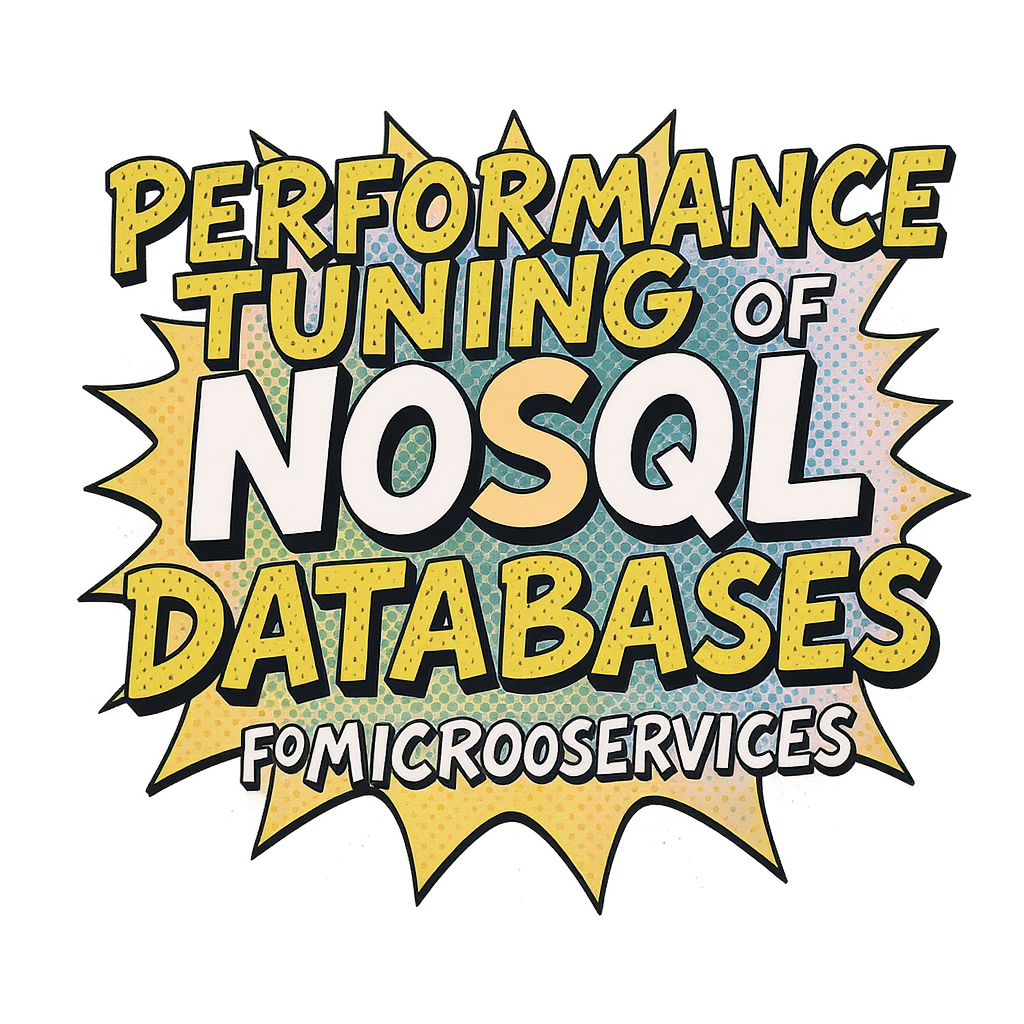The rise of microservices architecture has led to a corresponding increase in the adoption of NoSQL databases, prized for their scalability and flexibility. However, ensuring optimal performance in these systems requires careful tuning and optimization. This article will explore key strategies for performance tuning NoSQL databases within a microservices environment. We will delve into schema design considerations, indexing techniques, query optimization, and the importance of monitoring and profiling to identify bottlenecks. Understanding these aspects is crucial for building responsive and efficient microservices that deliver a seamless user experience. We will also consider the impact of different NoSQL database types, such as document, key-value, and graph databases, and how their specific characteristics influence performance tuning strategies. Ultimately, the goal is to create a robust and scalable database infrastructure that supports the dynamic nature of modern microservices applications.
Schema Design for Performance
Effective schema design is paramount for NoSQL database performance. Unlike relational databases with rigid schemas, NoSQL databases offer flexibility, but this flexibility must be harnessed strategically. Poorly designed schemas can lead to inefficient queries and reduced performance. For example, in a document database like MongoDB, embedding related data within documents (denormalization) can significantly improve query speed by reducing the need for joins. However, over-denormalization can lead to data redundancy and update anomalies. Careful consideration of data access patterns is essential. Identify frequently accessed fields and ensure they’re easily retrievable. Consider using sharding to distribute data across multiple servers, improving scalability and read performance. For key-value stores like Redis, efficient data structures such as sorted sets and hashes can be crucial for optimal performance, depending on access patterns.
Indexing Strategies
Indexing is crucial for optimizing query performance in NoSQL databases. Appropriate indexing accelerates data retrieval by creating indexes on frequently queried fields. Different NoSQL databases offer various indexing options. For instance, MongoDB provides various index types including single-field, compound, geospatial, and text indexes. Selecting the right index type for your query patterns is vital. Over-indexing can negatively impact write performance, while under-indexing will negatively affect read performance. Therefore, a balanced approach based on query analysis and profiling is essential. Regularly review index usage statistics to identify underutilized or unnecessary indexes.
Query Optimization Techniques
Efficient query writing is crucial for database performance. Avoid using wildcard characters at the beginning of search patterns (e.g., “a*”) as these can lead to full table scans. Utilize appropriate operators and utilize features like aggregation pipelines (in MongoDB) to reduce the amount of data that needs to be transferred and processed. Profiling your queries helps identify slow-performing ones, guiding optimization efforts. The choice of query language and its efficient utilization directly influences performance. For instance, understanding the nuances of aggregation frameworks in MongoDB or Cypher queries in Neo4j will help in constructing optimized queries. Understanding the limitations of specific database technologies and adapting your queries accordingly is key.
Monitoring and Profiling
Continuous monitoring and profiling are indispensable for maintaining optimal database performance. Regularly monitor key metrics such as query execution times, CPU utilization, memory usage, and network latency. Tools provided by your database vendor or third-party monitoring solutions can greatly assist in this process. Analyzing these metrics helps to identify performance bottlenecks and areas requiring optimization. Profiling tools provide detailed insights into query performance, revealing specific queries that are consuming excessive resources. This granular level of analysis is essential for targeted optimization efforts.
| NoSQL Database Type | Suitable Microservice Use Case | Performance Tuning Focus |
|---|---|---|
| Document (MongoDB) | Content Management, Catalogs | Schema design, embedding, indexing, aggregation pipelines |
| Key-Value (Redis) | Caching, Session Management | Data structure selection, efficient data serialization |
| Graph (Neo4j) | Social Networks, Recommendation Engines | Graph modeling, Cypher query optimization, indexing strategies for relationships |
In conclusion, performance tuning NoSQL databases in a microservices architecture requires a multi-faceted approach. Effective schema design, strategic indexing, optimized query writing, and continuous monitoring are crucial for ensuring optimal performance. Careful consideration of the specific NoSQL database chosen and its inherent characteristics is vital. By employing the strategies discussed – focusing on efficient data modeling, smart indexing, meticulous query crafting, and proactive monitoring – you can ensure that your NoSQL databases effectively support the demands of your microservices, resulting in a scalable, responsive, and high-performing application. The key takeaway is that continuous monitoring and adaptation are essential to maintain the performance of your NoSQL database as your microservices evolve and your data grows. Neglecting these aspects can lead to significant performance degradation, impacting user experience and overall application stability.
References:
Image By: Black Forest Labs






